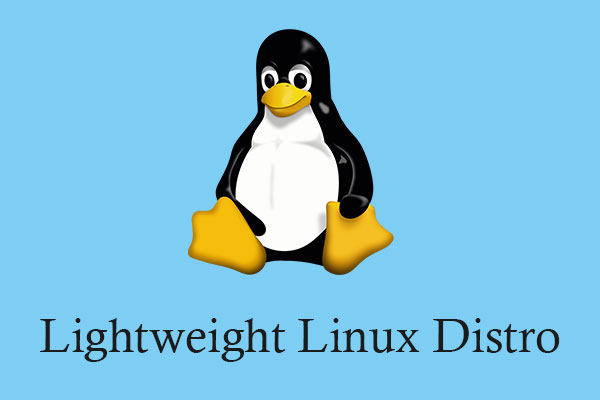What is Chrome OS Flex? What’s the difference between Chrome OS Flex and Chrome OS? What’s the difference between Chrome OS Flex and CloudReady? This post from MiniTool Partition Wizard will show you all.
What Is Chrome OS Flex?
Chrome OS Flex is a new version of Chrome OS recently released by Google. This OS is designed for old Windows and macOS devices. In other words, you can install this OS on almost any PC. This light OS mainly relies on the network rather than local applications and does not require a lot of hardware resources, so the old devices can run very smoothly.
Chrome OS Flex vs Chrome OS
Chrome OS is a Linux-based operating system developed by Google for Chromebooks. Only when you purchase Chromebooks can you get the full version of Chrome OS. No official Chrome OS installation file is offered by Google. In general, you cannot install Chrome OS on other PCs.
Fortunately, Google releases Chrome OS Flex. Chrome OS and Chrome OS Flex share underlying technology and management tools. You can get most of the features and benefits of Chrome OS in Chrome OS Flex, but there are still some differences between them. For example:
- Chrome OS Flex does not support Android apps or Google Play.
- Chrome OS Flex does not support running Windows virtual machines (VMs) using Parallels Desktop.
- Chrome OS Flex devices don’t share the Chrome OS keyboard layout.
- Chrome OS Flex doesn’t support some ports and features like CD and DVD drives, fingerprint readers, FireWire ports, infrared (IR) and face recognition cameras, proprietary connectors and docks, stylus and active pen input, and Thunderbolt functionality.
How To Run Google Chrome OS From Your USB Drive
Chrome OS Flex vs CloudReady
As we all know, Chrome OS derives from Chromium OS, an open-source project. However, Google only offers the source codes of Chromium OS. There is no ready-made Chromium OS ISO file. You need to download the source codes of Chromium OS and compile them yourself. This is a tough job.
Fortunately, some people have done this job for you. The Neverware CloudReady is such an OS. It boasts that it can provide basic functions similar to Google’s official Chrome OS system on Chromebooks.
Later on, Neverware was acquired by Google, so this makes CloudReady the tech tycoon’s property technically. Then, Google releases Chrome OS Flex, a successor to CloudReady. You can consider Chrome OS Flex as a bigger and better version of CloudReady.
Chrome OS Flex is currently in its developer channel. When you try and install Chrome OS Flex on a PC or a Mac, you first see “Welcome to CloudReady 2.0” written on the screen as soon as you boot up the device from the USB drive.
The main differences between Chrome OS Flex and CloudReady are as follows:
- Google Assistant: Chrome OS Flex includes Google Assistant, which is not included in CloudReady.
- Default internet browser: Chrome OS Flex uses Google Chrome as the default browser while CloudReady uses the Chromium web browser.
- Parental controls: Chrome OS Flex will have the functionality of Family Link, which is not included in CloudReady.
- Different editions: CloudReady comprises three major editions — Home edition, Education Edition, and Enterprise edition. Chrome OS Flex has only one edition. In addition, Google will introduce its already-prevalent Chrome Education Upgrade and Chrome Enterprise Upgrade plans for those users.


User Comments :